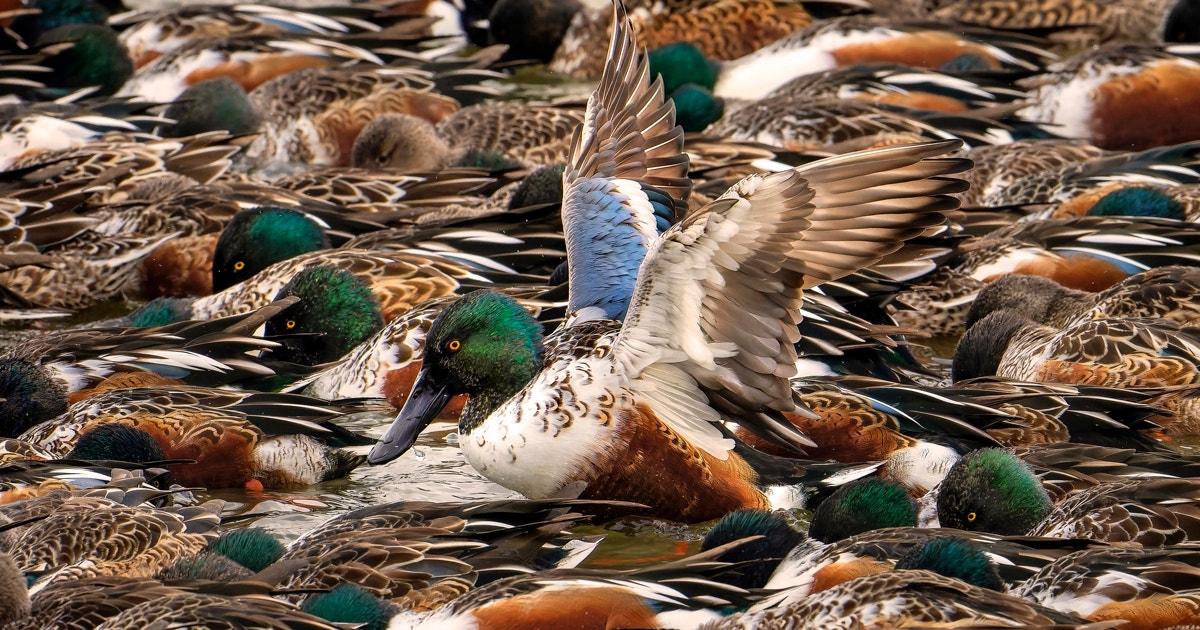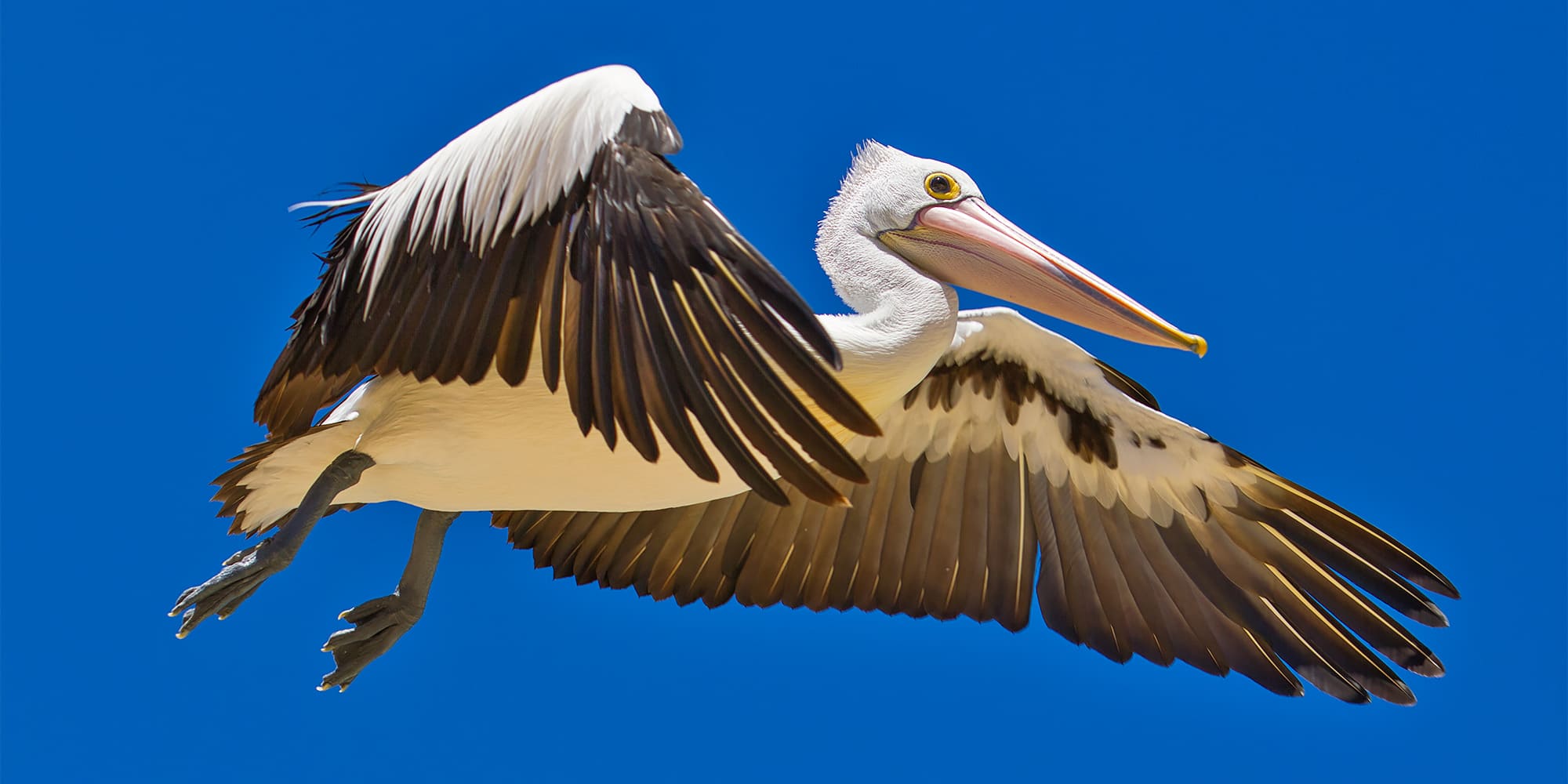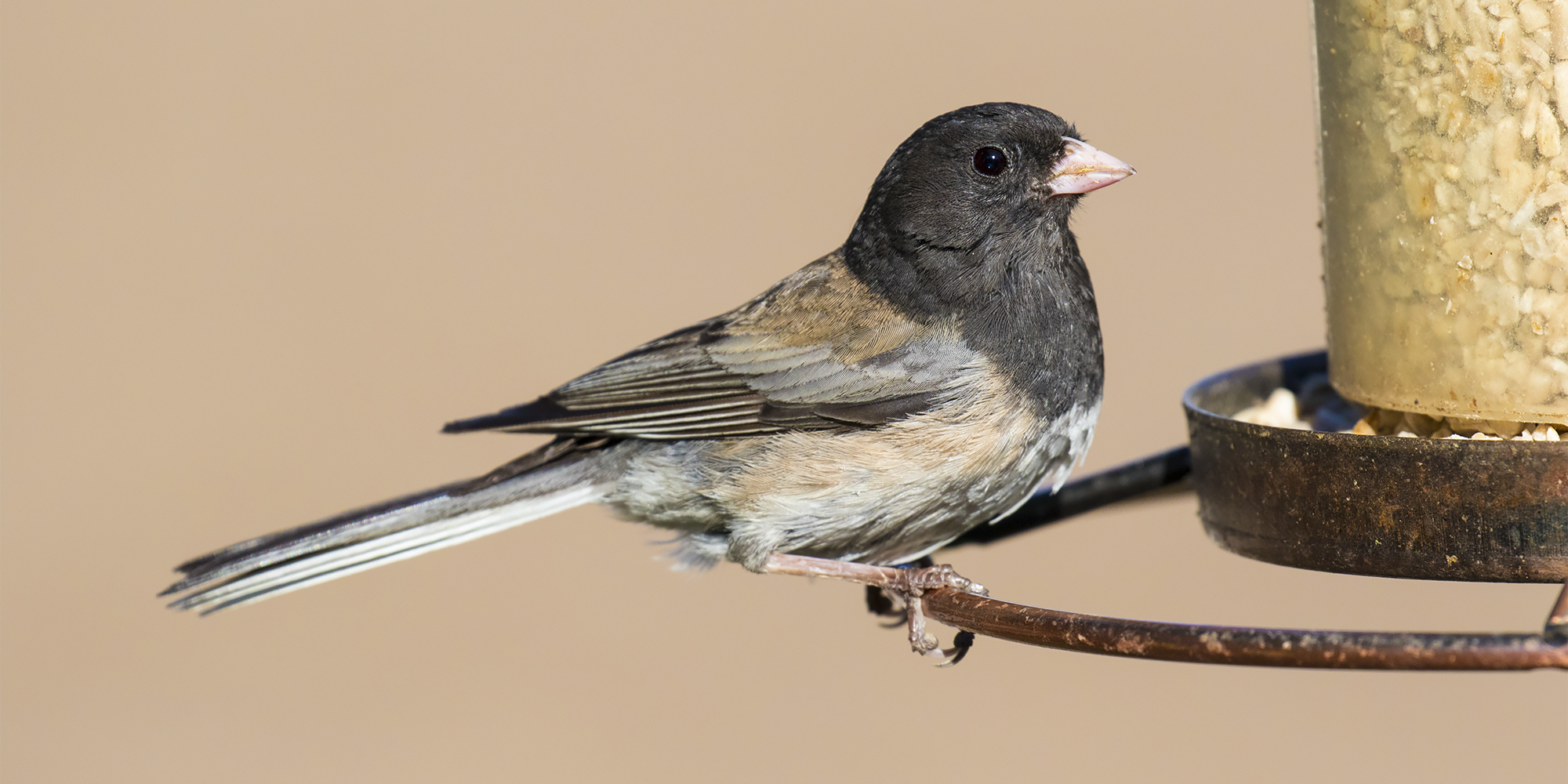COP29 Ought to Be the Last Missed World Native climate Various
We’re already experiencing the extraordinary impacts of native climate change and biodiversity loss on birds, people, and our planet. However leaders from world vast fell wanting taking important movement to deal with the size and urgency of the crises at this years’ United Nations Native climate Change Conference (COP29) in Baku, Azerbaijan.
The top consequence, whereas disappointing, was not a shock to the worldwide native climate group. Audubon participated in earlier native climate and biodiversity COPs – along with the COP16 biodiversity conference in Colombia this yr – and we and our worldwide companions acknowledge that the next UN native climate conference in Brazil needs to be a game-changer for people and wildlife. There’s not a second to lose.
Audubon native climate science predicts that two-thirds of hen species in North America face extinction from native climate change and biodiversity loss, and a contemporary UN report found that globally, half of the world’s migratory species are in decline and better than 20 % are threatened with extinction.
We cannot afford one different missed different at COP30. There’s an extreme quantity of at stake.
Birds are indicators of the properly being of our planet. Their decline indicators higher losses to come back again for various wildlife, ecosystems, and people. Birds moreover preserve the vital factor to choices; by saving birds and their habitats, we’re in a position to protect people and the planet.
We should always work urgently to reverse native climate change and biodiversity loss—and in the long run “bend the hen curve”—for birds’ sake and for ours.
Along with the Nature4Climate coalition, Audubon generally known as for the worldwide group to acknowledge and finance nature-based native climate choices at COP29. Nonetheless, the outcomes of the meeting had been insufficient. The message that we’re taking forward to COP30, based mostly totally on the latest scientific data and excessive learnings from our work all through the Western hemisphere, is threefold:
-
Revolutionary fashions for hemispheric native climate and conservation funding are very important to worldwide progress.
Through rigorous, science-based conservation planning and the right financing companions, we’re in a position to strategically protect birds, reduce carbon emissions, mitigate native climate change, and perceive very important monetary benefits for communities all on the an identical time.
The Americas Flyways Initiative (AFI), a partnership between the Nationwide Audubon Society, BirdLife Worldwide, and the Progress Monetary establishment of Latin America and the Caribbean (CAF) is an excellent occasion of this model pairing cutting-edge science with agile financial mechanisms to sustainably deal with key ecosystems for birds and people.
On the UN Biodiversity Conference (COP16) in Cali, Colombia this October we launched alongside our companions that AFI may be transferring from planning to implementation to sustainably deal with better than 30 landscapes and seascapes all through the Western hemisphere by the use of 2050, and mobilize between $3 and $5 billion {{dollars}}.
The Conserva Aves program is one different partnership for creating subnational protected areas for birds that fosters biodiversity and group monetary sustainability. Along with our confederate organizations Birds Canada, the American Fowl Conservancy, BirdLife Worldwide and Purple LAC, Conserva Aves will help arrange better than 80 new protected areas defending 2 million hectares (4.9 million acres) all through the hemisphere.
-
We would like a speedy and accountable transition to a transparent monetary system with wished infrastructure that is hen and people-friendly.
We’re in a position to develop new clear vitality infrastructure with out compromising on biodiversity goals. Audubon scientists are important evaluation to understand how we’re in a position to assemble very important clear vitality infrastructure—wind, picture voltaic, and transmission traces—that minimizes the have an effect on on birds, totally different wildlife, and communities.
We’re moreover bringing unlikely companions to the desk—vitality builders, authorities officers, environmental organizations, and communities—to know the science and switch initiatives forward quickly and responsibly. We shared the latest wind vitality evaluation at Native climate Week NYC in September. A full report on the alternate options for bird-friendly offshore wind progress may be out in early 2025.
-
We should always proceed to lift the contributions of Indigenous peoples and native communities in biodiversity conservation and native climate choices.
Whereas COP29 did little to take heed to and protect Indigenous peoples and native communities, one in all many vivid spots on the biodiversity conference COP16 was the adoption of explicit duties to be sure that the rights, contributions, and traditional information of Indigenous peoples and native communities are embedded inside the worldwide biodiversity agenda. We should always carry the momentum from the biodiversity conference to COP30.
Audubon is working to lift and provide help for Indigenous-led conservation. One occasion is the Indigenous Protected and Conserved Areas and Indigenous Guardians packages in Canada the place Indigenous Peoples are responsible for primarily essentially the most daring plans to guard and steward the Boreal Forest. Everyone knows that to protect birds and the areas they need, we must always work with those who have stewarded lands for generations.
As a result of the world prepares for COP30, these are the concepts that Audubon will proceed to pursue, along with our worldwide companions, to look out science-based choices to the native climate and biodiversity crises. We don’t have time to waste.





Post Comment